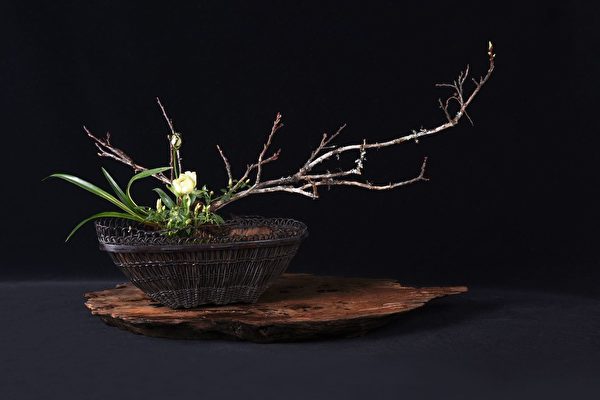In my preface to “Standard of Hu’s Brush: The First Person in a Thousand Years to Create the Standard of Brush,” I mentioned that when I was young and striving for my career, I worked sixteen hours a day without feeling bitter. It wasn’t until my fiftieth birthday when a friend gifted me a bonsai pine tree that I realized half of my life had already passed. It was time to slow down, take a step back, and start taking care of my body.
In addition to physical health, spiritual healing is also an important aspect. Since then, it has become a regular routine for me to visit the flower and jade markets with my family every Sunday.
Jianguo Jade Market is the most successful antique market in Taiwan, offering a diverse range of treasures from antique shops all over the country. Many creative individuals have brought their works, including ceramics, wood carvings, stone carvings, incense utensils, ebony persimmons, driftwood, and more.
In 1966, during the prosperous era of “Taiwan’s Money Floods,” many antique dealers brought back various antiques, exquisite wood carvings, jades, and stone carvings from mainland China, creating a dazzling array of items at the market. However, the quality varied, and one needed skills to discern treasures from regular items.
Numerous ancient artworks bought by antique dealers resurfaced at Jianguo Jade Market over time. Various flower vessels were displayed at one corner, quietly gleaming, waiting for the right connoisseur.
One particular flower vessel caught my eye. Touching it felt like touching history, with the craftmanship displaying exceptional skill and patience accumulated over at least fifty years. Understanding the meticulous process involved in creating such a piece made me appreciate the artistry even more.
It was revealed to me that the crafting of flower vessels has been passed down through generations, with each artisan tracing their lineage and learning from predecessors. This art form requires not just patience and experience but also a deep connection to tradition.
The vessels, created under various conditions, exuded a sense of Zen that only deepened over time, radiating a tranquil eternal presence that naturally calmed the mind.
The beauty of this serene Zen atmosphere deeply captivated me. Missing out on acquiring a new flower vessel each week left me feeling a sense of loss, but fortunately, I met a flower vessel expert at the market who could find unique pieces for me regularly.
To date, I have collected nearly two thousand different flower vessels. With the publication of my first book, “Bamboo Craft: The Art of Flowers,” I hope to present the fading art of bamboo craftsmanship to appreciative individuals worldwide. Each book can showcase around three hundred pieces, capturing the details and uniqueness of each flower vessel. There are plans to compile a new volume annually to allow this timeless human treasure to age gracefully and resonate endlessly over time.
Immersed in this tranquil realm of skillful artistry, I look forward to the support and guidance from fellow enthusiasts in discussing bamboo and flower vessels.
(Translated and adapted from a website article)

